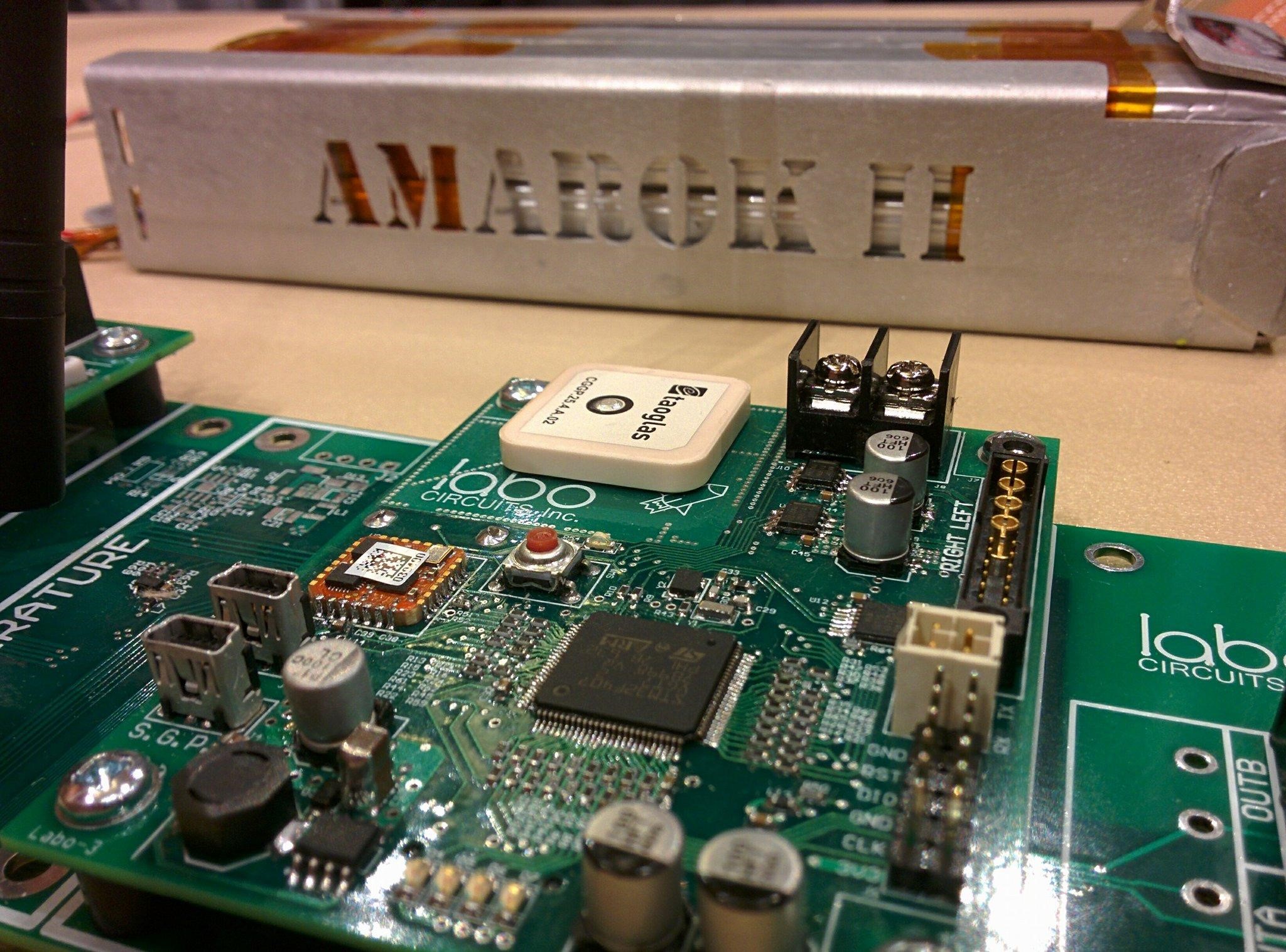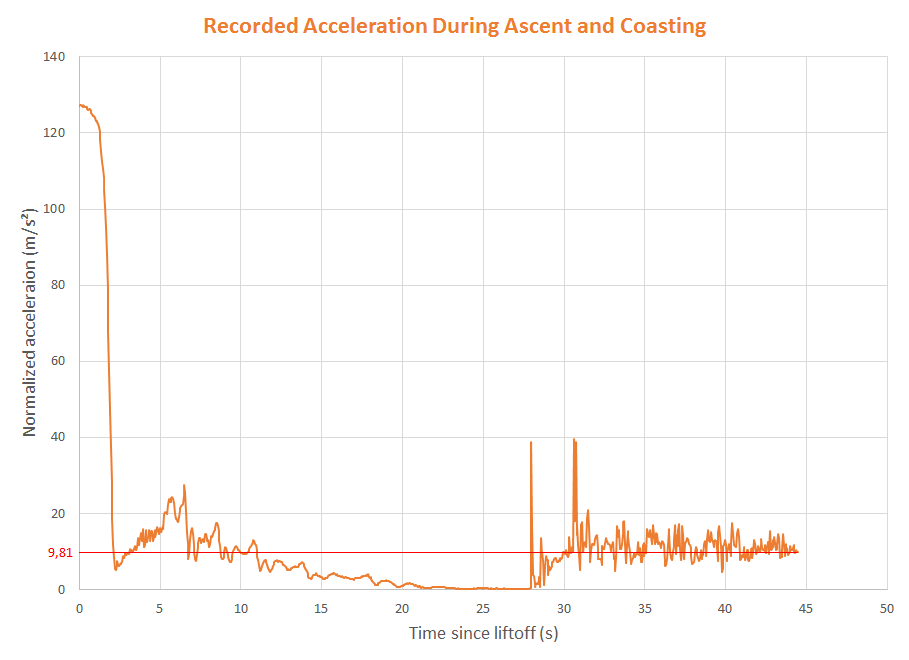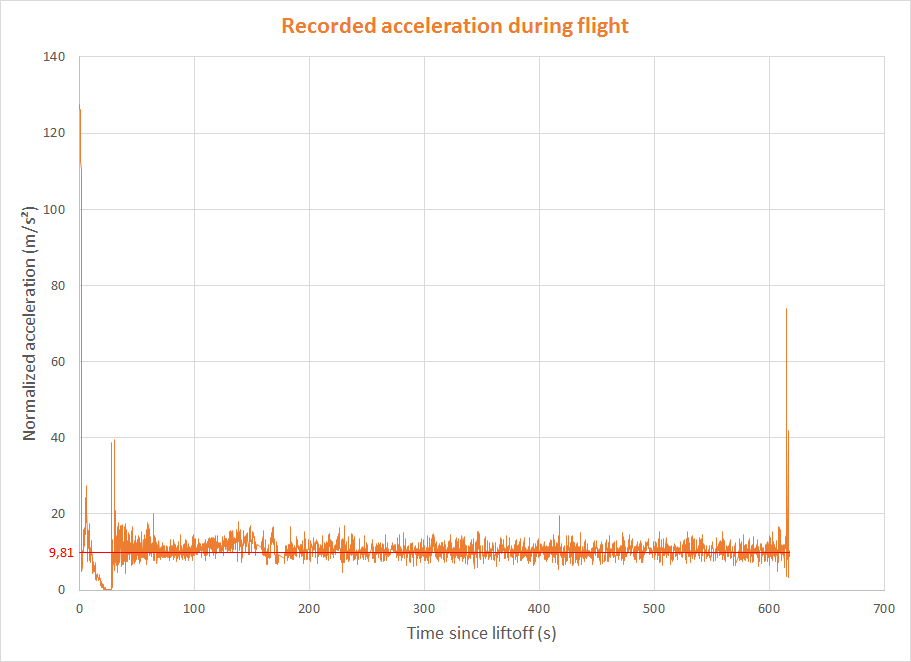RockÉTS is a Canadian rocketry club from École de Technologie Supérieure, in Montréal. Their main goal is to design, manufacture and launch high-powered sounding rockets, as a hobby and a learning opportunity for engineering students. Each year, they compete in the Intercollegiate Rocket Engineering Competition (IREC), which is now part of the Spaceport America Cup in New Mexico. To score well in this competition, they must present innovative and safe rockets that can reach a specific target altitude and deploy their parachutes to safely descend to the ground.
RockÉTS on the IREC Competition
The parachute deployment is done in two stages, with a small drogue deployed at apogee, and a bigger, controlled parafoil deployed when closer to the ground (around 2000 ft.). This two-step deployment and autonomous parafoil guidance system is controlled by student-made avionics, with fully custom student-designed circuit boards. This avionics bay comprises multiple sensors, like air pressure sensors, temperature sensors, and GPS modules. But this year we wished to up the ante by adding an inertial station to our design. The MTi-3 AHRS module was an easy choice for us since it provides an incredible amount of data in an extremely compact, easy to integrate package. Software implementation was as straightforward as it could have been, and the MTi development board provided us with an excellent prototyping platform.

For the first flight with an MTi inertial station, the acceleration of the Amarok 2 rocket was recorded at a rate of 50 Hz. The rocket made a steady flight to an altitude of 12,000 feet. And it was found intact and functional at 800 meters from the base station.

Normalized acceleration lets us see very clearly the different stages of rocket-flight; first, the powered ascent which reaches up to 12g, followed by a coasting ascent that slowly transitions into freefall. Just after the rocket reaches apogee, the parachute deploys and the rocket begins its slow descent towards the ground. Here's a graph of the complete flight, all the way to landing.

Even with the limited data, we obtain this year, we are excited with our experience with MTi-1 sensors. The acceleration provided us with interesting insights into our rocket's behavior, and with all sensors online, we could further refine our rockets and simulation, allowing us to reach new heights.
Are you interested our solutions? Please click on the button below to contact us.
